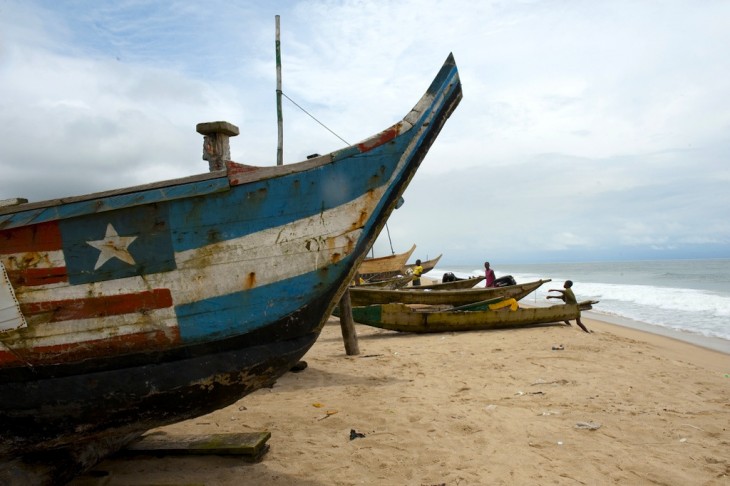 In 50 years, Africa will be talked about with the same fervor that global hotel groups and tourism marketers now use to fawn over Asia.
In 50 years, Africa will be talked about with the same fervor that global hotel groups and tourism marketers now use to fawn over Asia.
The past half century was spent fostering Asia Pacific?s now monstrous tourism industry and other countries worldwide have made enormous strides in building tourism economies in similar time.
Thailand?s tourism sector was nearly non-existent 50 years ago, but it now employs 15 to 20 percent of the workforce. The Dominican Republic built more than 62,000 hotel rooms in 40 years. And Bali?s tourist arrivals grew from a modest 95,000 in 1973 to 1.9 million in 2010.
The world?s growing traveler community is looking for new experiences and Africa?s cultural and physical landscape makes it a top candidate for the next tourism boom.?The World Bank recently released its?Africa Tourism Report?outlining the potential and obstacles for the continent?s still nascent travel economy.
Africa Tourism Already on the Rise
Between 2009 and 2010, the number of international tourist arrivals to Africa grew 8 percent making it the second fastest growing market in the world after East Asia and the Pacific.
The?UN World Tourism Organization?expects Sub-Saharan Africa will more than double its tourist arrivals from 30 million in 2010 to 77 million by 2020.
Additionally, the?World Travel and Tourism Council?expects jobs directly and indirectly related to the tourism industry to grow from 12.8 million in 2012 to 16 million by 2021.
For Better or For Worse
For better or for worse, tourism growth comes riddled with numerous cultural, environment, and social effects.
Although several African nations including Mozambique and Cape Verde have driven their own tourism growth with to legislative reforms, strategic growth plans, and eased visa rules, the majority of the Sub-Saharan African countries are still kickstarting their tourism sectors.
We?ve selected the six top constraints to tourism development that the World Bank report outlines below:
- Infrastructure investments for roads, hotels, and airports are more difficult to attain where there is political, economic, or security risks.
- Gaining legislative support from governments that might not understand the economic value of a growing tourism sector.
- It is difficult to access land for development due to unclear ownership.
- Price competitiveness; it?s difficult to attract visitors and investors if a destination is significantly more expensive that similar locations.
- A lack of skilled workers and unmet demand for tourism education among young people.
- Strict visa rules deter tour operators from including countries on a regional tour.
Countries with developed industries like South Africa and Kenya need to focus on giving young people the skills to develop in tourism and hospitality jobs as well as minimizing the environmental impact.
Click here to read more.

